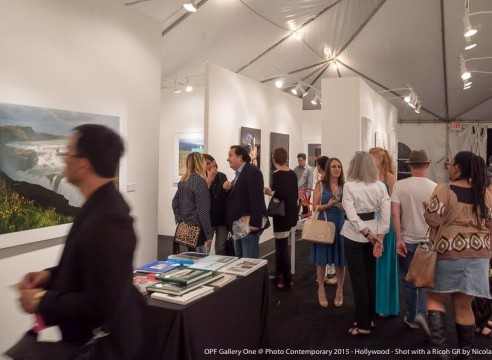
"Photography is like telling stories without words"
Jerome Marot was interested in photography from an early age: he received his first camera at age height from his grandfather who noticed that his grandchild enjoyed looking at the plants in their home garden on the focussing screen of an old Kodak folding camera.
Jerome Marot is born in France and relocated to Germany. Moving from one country to another, he realised that his vision was no longer the internal one of a resident but the external one of a visitor. That feeling of being a visitor stayed with him and he has traveled extensively throughout his adult life, including to America, Asia, Africa, and the Middle East. His work centres on drawing attention to the ordinary things in life that go unnoticed by passersby and he currently devotes his time to documenting the transitions that his adopted home city undergoes under the influence of globalisation
Group Exhibitions:
2014 Annual photo exhibition in the E.P.A. Munich, 3rd prize of the Jury
2013 "Zwischenbericht", Kulturzentrum Hasenbergl-Nordhaide, Munich
2012 Annual photo exhibition in the E.P.A. Munich, 1st prize of the public
2011 "Plakate am Bauzaun", ein Fotoprojekt der Gruppe "Dokumentation Domagk", Munich
"Go-round"
What happens when the places where people gather to be merry are devoid of people? What happens before and after the party? What happens at places of entertainment when no-one is there to be entertained? With vintage toning and processing to bring out a feeling of immobile movement, a series on fancy fairs attractions.
Persistance des lignes
I an era of perfect technology where every photographer appears to be aiming for the ultimate in sharpness and detail, deliberately moving the camera during exposure reveals a different world. Details disappear, the graphic structure rises out of the blurry image.
"Private spaces"
Between 1936 and 1938 a complex of barracks were built on a 24 hectares piece of land in the north of Munich. From 1993 onwards, the army left the place. Between 1993 and 2008, the place was hosting the largest artist colony in western Europe, about 250 Ateliers. After 2008, the inhabitants were slowly driven out and the house torn down to leave place to new housing complexes. For a few months, the half-demolished houses were left open for anyone to enter. What had been appropriated as private living spaces was now public but it would not be long before it would disappear into oblivion.